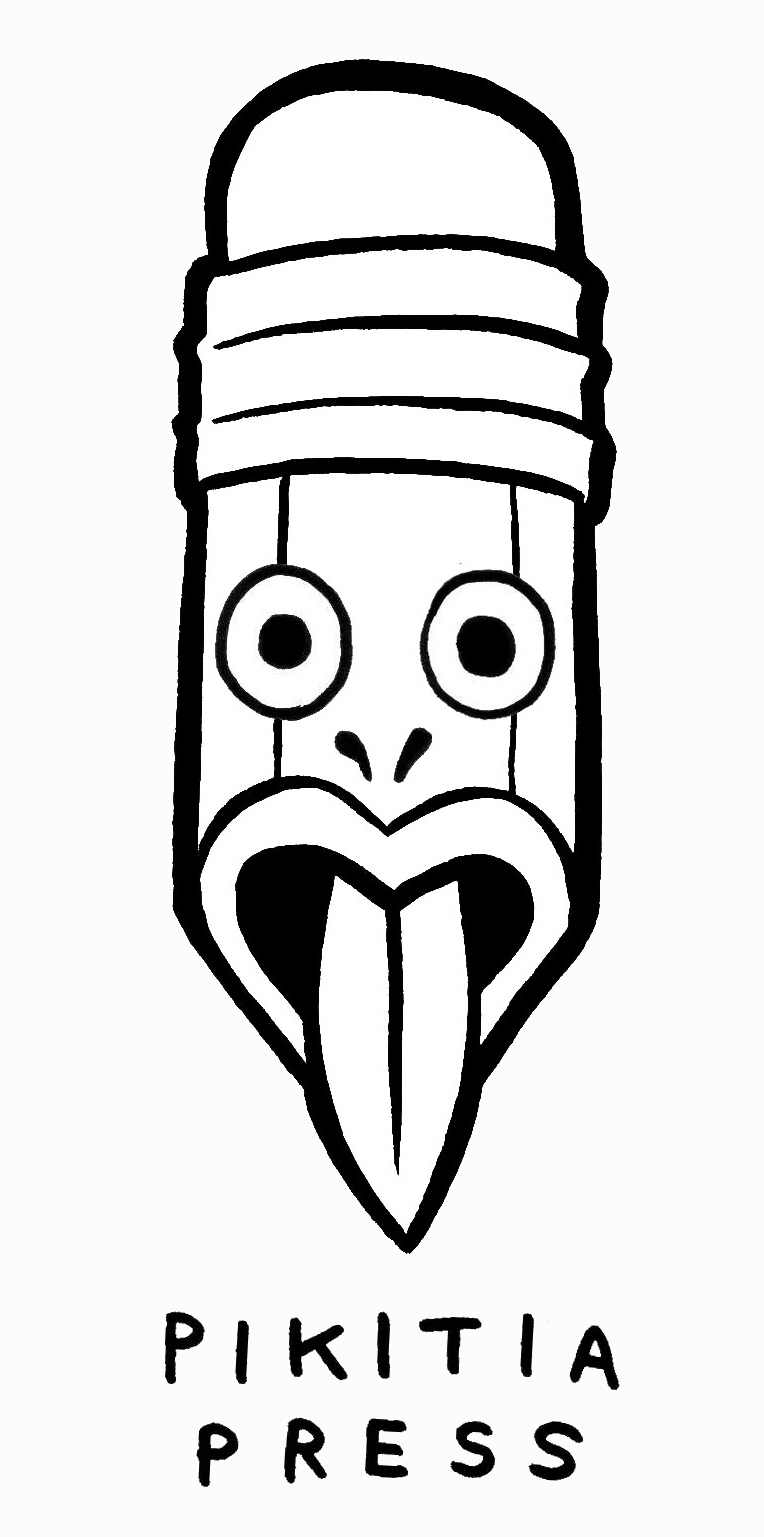Stan Cross was born today in 1888. American by birth, Cross immigrated with his family from Los Angeles to Perth in 1892. Cross achieved fame as an Australian strip and political cartoonist with work in Smith’s Weekly, The Herald and Weekly Times. Cross is famous for his iconic 1933 “For gorsake, stop laughing: this is serious!” cartoon as well as creating the forerunner newspaper cartoons that spawned long running strips the Wally and the Major and The Potts. The Australian Cartoonist association of which Cross was a founding member and served as president for 1931 - 1954 named their annual awards the Stanleys after Cross.
Mp3 recordings of Stan Cross in interview with Hazel de Berg.
Stan Cross portrait by Tony Rafty Source: http://nla.gov.au/nla.pic-vn4305899
Above cartoon and text below from introduction to Winks, Stan Cross' precursor strip to Wally and the Major, from the Adelaide Advertiser Tuesday 16 April 1940:
Stan Cross' Tonic - New Strip Will Be Gloom Antidote
To help Pop In chasing away gloom there will be a new daily strip cartoon in "The Advertiser" from next Saturday onwards. Stan Cross the Australian artist, has created an essential Australian family whom he has called Winks. For years Stan Cross has been depicting Australian life as he sees it, and hen-pecked father, whom you see here escaping from a motor car is one of eight characters. Whether Mother, the commander-In-chief of the family, or Wally, Father's old crony, becomes your favorite, you will find Stan Cross's tonic a a sure antidote to wartime worrying.
Winks daily strip from the Courier Mail (Brisbane) Sat 6th July 1940.
Above: Stan Cross Illustrations circa 1920's
Daniel Best writes about the destruction of Wally and the Major original artwork.
Stan Cross obituary from The Canberra Times, June 19, 1977.
Stan Cross Dies at 89
SYDNEY: Stan Cross, one of Australia's most famous cartoonists, died at Armidale on Thursday, aged 89. Mr Cross died in a nursing home after a brief illness. He is survived by a son, Stephen, a grazier of Guyra, near Armidale, and a daughter, Mrs Lorraine Boric. His wife died in 1972, Mr Cross is best known for his two comic strips 'The Potts' and 'Wally and the Major' He drew probably the most famous cartoon in the history of Australian comic art. A worker, clinging to a girder on a high building, is pleading to a worker hanging on to his trousers, to stop laughing. The caption is, "For gorsake stop laughing, this is serious". Mr Cross was born in Los Angeles in 1888 and came to Australia in infancy. He grew up in Perth and for a while worked in the State's railways as a cadet. He graduated as an art student in 1912 and went to London for a few years before returning to Australia and drawing for Smith's Weekly, now defunct. He drew several long running strips including You and me which was taken over by Jim Russell in 1940 and renamed 'The Potts'. Mr Cross left Smith's Weekly in 1940 and joined The Herald, Melbourne, where he launched the strip 'Wally and the Major'. He retired about 10 years ago and lived in Sydney.


































